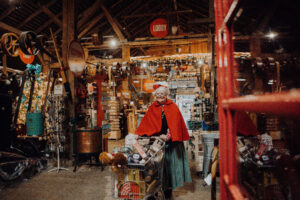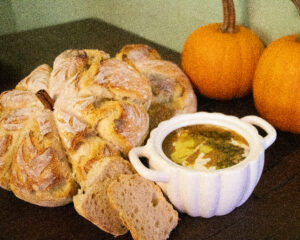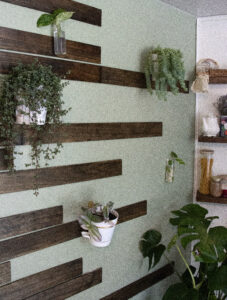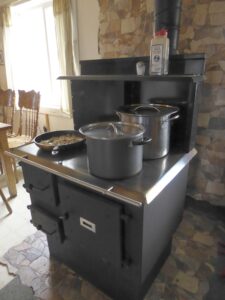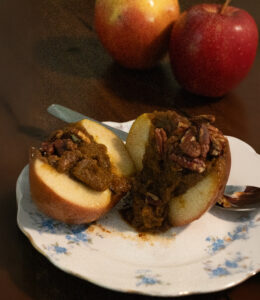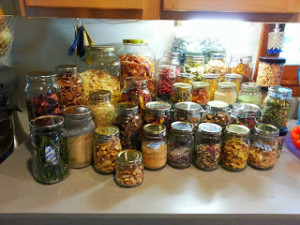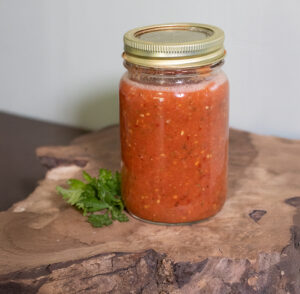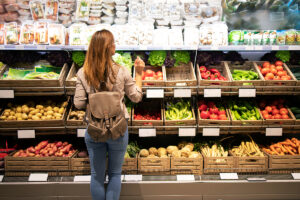One of the most appealing aspects of growing your own food is that you can enjoy a higher quality diet because you don’t have to rely on having your vittles transported hundreds or even thousands of miles to your table. Varieties that boast better flavor and nutrition than what you might find in the market but which are passed over in the commercial world simply because they are too tender or delicate to ship well can be yours. What’s more, you can enjoy these foods at a lower cost — and with a little planning ahead, for nothing!
Anyone who has ever grown their own lettuce has probably neglected one or two plants, and as the season gets on they start to grow in a peculiar way: upwards, instead of outwards. This is known as “bolting.” Salad eaters know that the lettuce harvested in this condition will be tougher and more bitter tasting, and so the plants are generally yanked and tossed onto the compost heap.
But if they are allowed to go through their full cycle, the tall stalk they produce will soon be covered in attractive little flowers. If pollinated, these blooms will contract and then dramatically expand (like dandelions) to form a delicate sphere of feathery threads, soon cast to the wind. This is the reason why the plant has developed its stalk, to give these floating messengers the best chance of wide dispersal. Each carries a cargo of a single lettuce seed, to start a new leafy generation. With a little careful husbandry, these seeds will be yours to plant, nurture and consume.
You will need to invest a few dollars to begin your lifetime of free salad greens, buying a half dozen packets of lettuce seed from whatever source you prefer. Plant as usual, and harvest for food what you will, but leave behind one single variety; more than one means they might cross and yield unpredictable results, so avoid this. You are best off with at least six or seven healthy, robust heads of this lettuce, growing in full sun, not so much for the number of seeds you can expect, but to ensure that you have a good genetic variation in your stock. Water these lettuces conscientiously and fertilize if required, so they produce large and sturdy seed-stalks.
 After the flowers emerge and then begin to fade, pay daily attention to which ones close and then re-expand to form their mature seed-bearing stage. Grasp the feathery ends with your fingertips and give a gentle tug: the entire set of seeds and their “wings” should pop free without damaging the flower’s base. (If it doesn’t come loose right away, try it again later that afternoon or the next morning.) Drop these winged seeds into a brown paper lunch sack, close the top with a fold, and set it aside in a totally dry, shady spot for a fortnight, or until you are done harvesting. Since the paper sack can “breathe,” this will help the seeds attain a uniform level of dryness — so don’t use a plastic bag. You can pluck off the “feathers,” which makes the seed a bit easier to handle, or leave them on.
After the flowers emerge and then begin to fade, pay daily attention to which ones close and then re-expand to form their mature seed-bearing stage. Grasp the feathery ends with your fingertips and give a gentle tug: the entire set of seeds and their “wings” should pop free without damaging the flower’s base. (If it doesn’t come loose right away, try it again later that afternoon or the next morning.) Drop these winged seeds into a brown paper lunch sack, close the top with a fold, and set it aside in a totally dry, shady spot for a fortnight, or until you are done harvesting. Since the paper sack can “breathe,” this will help the seeds attain a uniform level of dryness — so don’t use a plastic bag. You can pluck off the “feathers,” which makes the seed a bit easier to handle, or leave them on.
With any luck you should have a tremendous number of seeds from your half dozen donor plants, far more than the average family can ever make use of! Please share some of them with gardening friends. It’s also interesting to note that different lettuces produce different color seeds — some pale, some tan, some dark. This makes them simpler to distinguish, but if you’re smart you’ll keep them carefully labeled and dated.
Lettuce seed, if it is stored properly, generally has a shelf life of about six years before its viability slumps. This means that if you repeat this seed-saving procedure every year with a different favorite lettuce variety, in five years you will have a stupendous collection of seed from five different delicious lettuces. The next year, simply start the procedure again with your original strain. By this time the process of seed collection will have become routine, and surprisingly easy.

How to best store your lettuce seeds? Well, you want to try to prevent them from germinating, which requires light, heat, air and moisture to take place. Therefore, deny the seeds these four elements for optimum storage. The easiest method I’ve found for this is to use old plastic film capsules, the kind 35mm camera film comes in. A bit of masking tape on the lid makes the capsule easy to identify with a pen, and though small, it can hold plenty of seeds. The black capsules with the grey lids are best, as they are light-proof, as well as air- and watertight. When filled, just toss them into your refrigerator (not the freezer) and the seed stored within will be fresh as the proverbial daisy even five years from now.

One last detail of note: with such big leaves, lettuce typically aspirates a great deal of water after the sun begins to shine on it. It draws this water up from the soil, where a number of naturally occurring mineral salts are dissolved in it, and apparently it’s the presence of these dissolved minerals which can make the lettuce taste bitter. Therefore, if you can harvest your lettuce before the sun gets to it, it will be sweeter tasting.
(Editor’s Note: This post was first published in June 2009.)




